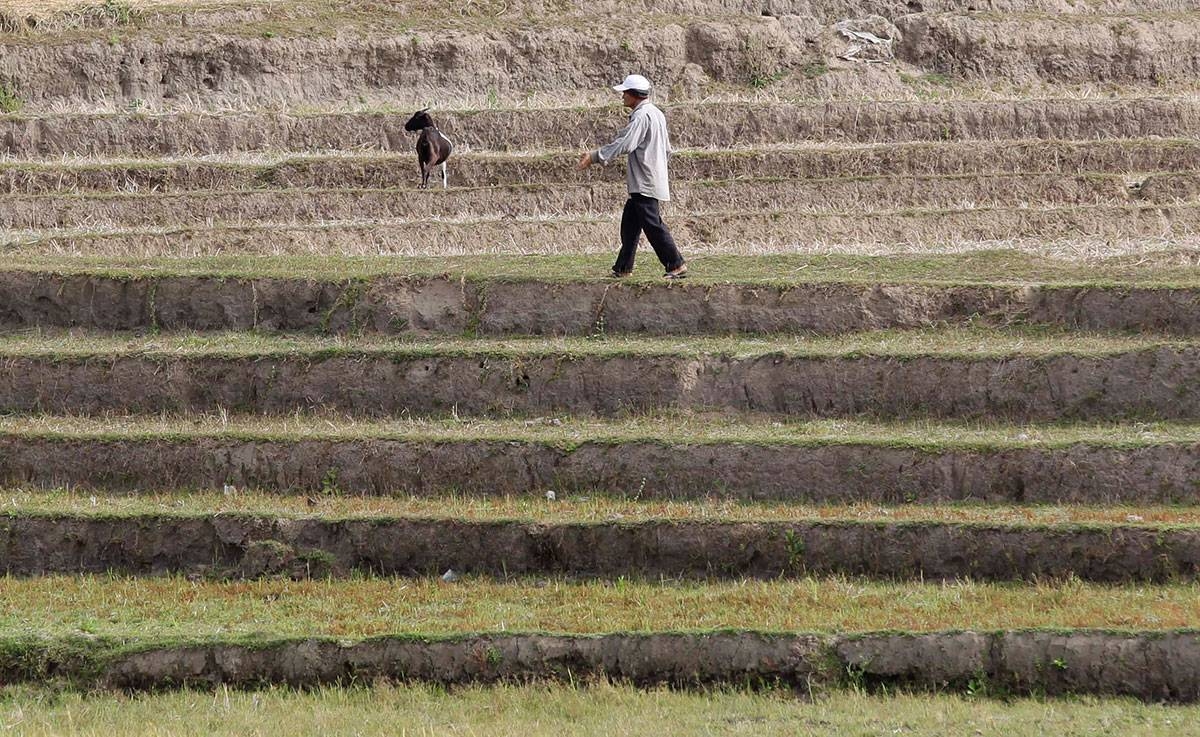The El Niño Phenomenon and its Impact on the Philippines
The El Niño weather phenomenon has been a cause of concern for the Philippines, as it has resulted in significant damage to crops and record-breaking high temperatures. However, there is some good news on the horizon, as the Philippine Atmospheric, Geophysical and Astronomical Services Administration (PAGASA) has announced that El Niño is starting to weaken and may be over by June.
According to PAGASA Chief Nathaniel Servando, while El Niño is weakening, it will still continue to affect the country in the coming days. He also mentioned that PAGASA could declare the onset of the rainy season anytime between June 1 and June 15. This is an important announcement, as the rainy season brings relief from the dry spells caused by El Niño.
PAGASA has also mentioned the possibility of a La Niña episode coinciding with the wet season. La Niña is the opposite of El Niño and typically brings more rain than usual. This could be a welcome change for the Philippines, as the country heavily relies on agriculture, and the increased rainfall can help replenish water sources and support crop growth.
Servando further stated that 13 to 16 storms could enter the Philippine Area of Responsibility (PAR) until the end of the year. This is slightly below the average of 20 storms that the Philippines experiences annually. The first weather disturbance, expected to be named “Aghon,” is likely to enter PAR early next week and may affect areas in Mindanao.
Another official from PAGASA, Climate Monitoring and Prediction Chief Analiza Solis, provided additional insights on the impact of El Niño and the record-breaking temperatures. Solis mentioned that on April 27 and May 6, Tarlac experienced a temperature of 40.3 degrees Celsius, the highest recorded so far. She also highlighted that on Sunday, the highest heat index of 53°C was recorded in Iba, Zambales.
The heat index is a measurement of the combined effects of temperature and humidity on the human body. Solis explained that it is also an indicator of the discomfort level, ranging from caution to extreme danger. She emphasized that the period from March to May was one of the warmest dry spells in the country’s history.
Solis noted that several monitoring stations across the country have already surpassed their extreme maximum daytime temperatures. These stations include Clark, Pampanga; San Jose, Occidental Mindoro; Casiguran, Aurora; Sangley Point, Cavite; Maasin, Leyte; Malaybalay, Bukidnon; the Ninoy Aquino International Airport in Pasay City; Science Garden, Quezon City; and Catbalogan, Samar. She attributed the record-breaking temperatures to the peak of a strong El Niño episode and global warming.
PAGASA had predicted as early as December last year that the dry season in the Philippines could be one of the warmest due to the particularly strong El Niño. Although temperatures peaked in April, Solis mentioned that some areas in the country may still experience warmer-than-usual days in the first half of May. However, she also expressed optimism, stating that the heat indices and maximum data temperatures are already lowering.
Looking ahead, Solis mentioned that PAGASA predicts a La Niña episode in the next five to six months. A La Niña alert from PAGASA would indicate higher confidence in the development of a full-blown La Niña, which could potentially occur in the second half of the year.
Preparing for the Future
The information provided by PAGASA regarding the El Niño phenomenon and its potential transition to La Niña is crucial for the Philippines. With the country’s heavy reliance on agriculture, it is essential to monitor and understand these weather patterns to mitigate the impact on crops and livelihoods.
As El Niño weakens and the rainy season approaches, it is important for farmers and agricultural communities to prepare for the potential changes in weather conditions. The increased rainfall during the wet season can have both positive and negative effects, and it is crucial to manage water resources effectively to avoid flooding or water scarcity.
Furthermore, the record-breaking temperatures experienced during the El Niño episode highlight the significance of addressing climate change and its impact on weather patterns. The combination of El Niño and global warming has led to extreme weather events, posing challenges for communities and ecosystems.
To adapt to these changing weather patterns, it is essential for the government, communities, and individuals to prioritize sustainable practices. This includes implementing measures to conserve water, promoting climate-resilient agriculture, and investing in renewable energy sources. By taking proactive steps, the Philippines can work towards building a more resilient and sustainable future.
Conclusion
The El Niño weather phenomenon has had a significant impact on the Philippines, causing damage to crops and record-breaking high temperatures. However, there is hope on the horizon as El Niño starts to weaken, and the rainy season approaches. PAGASA’s insights and predictions regarding the transition to La Niña provide valuable information for the country to prepare for the future.
As the Philippines faces the challenges posed by changing weather patterns, it is crucial to prioritize sustainable practices and adapt to these changes. By doing so, the country can work towards building a more resilient and sustainable future for its communities and ecosystems.
Source: The Manila Times








